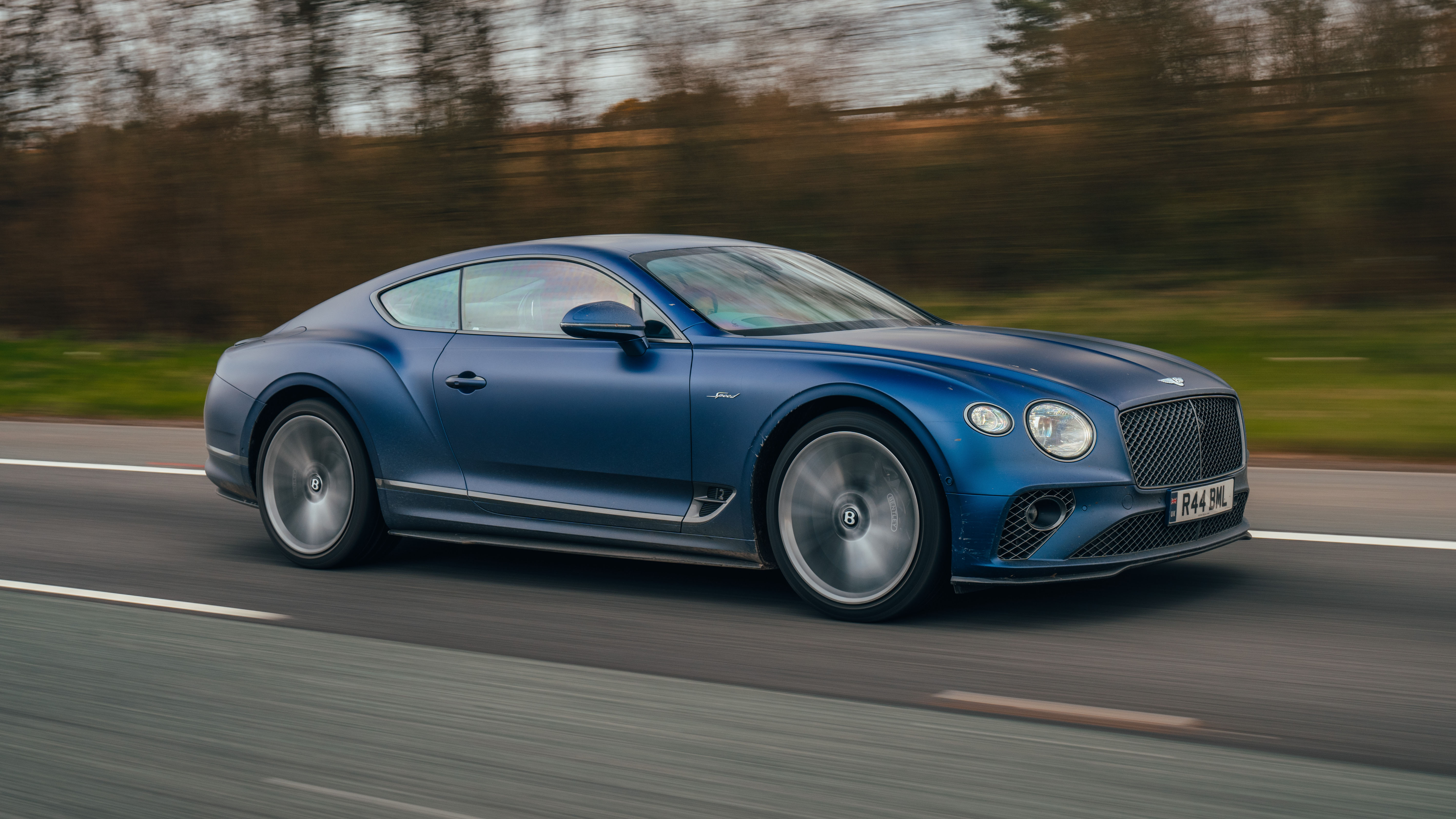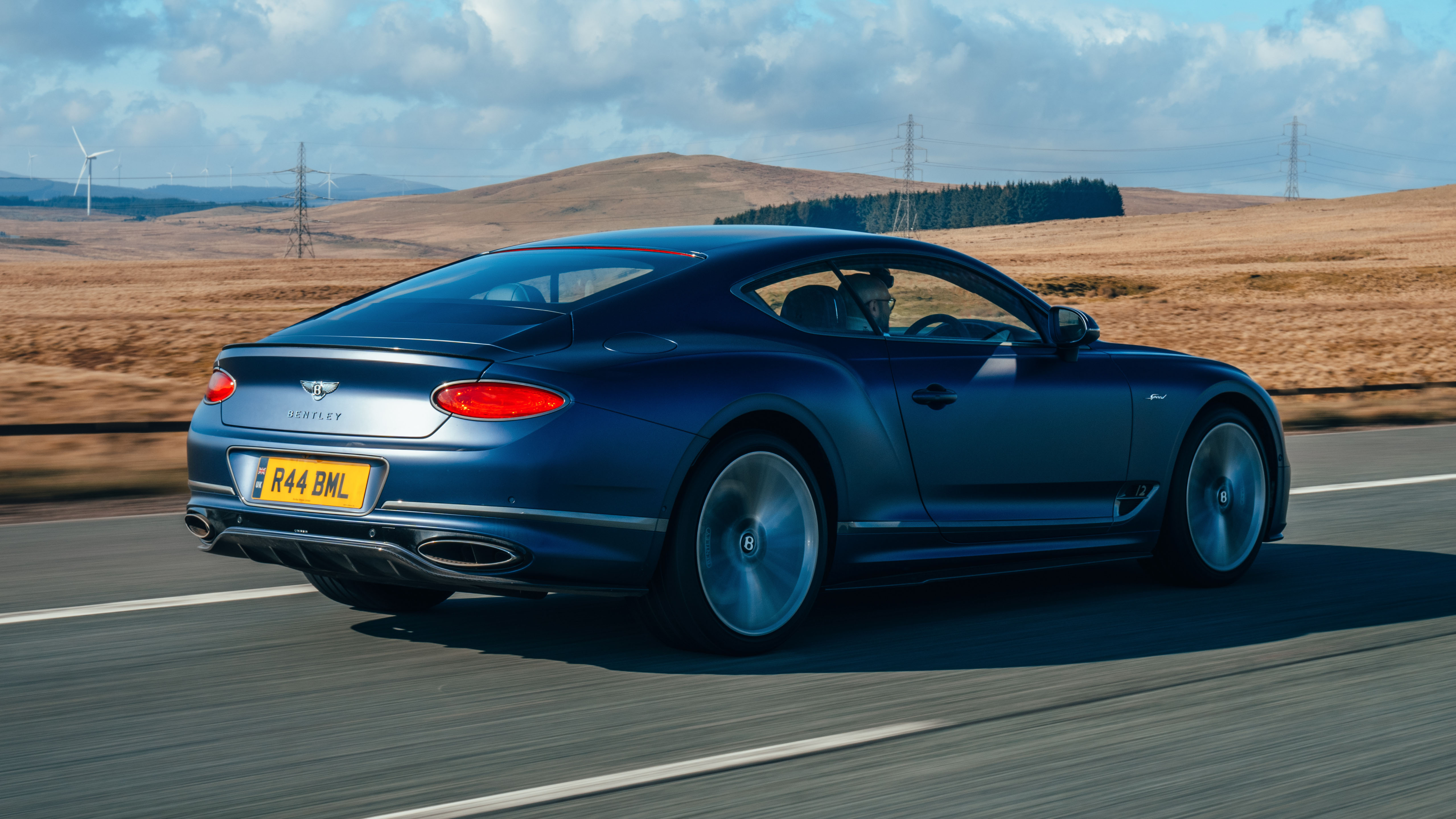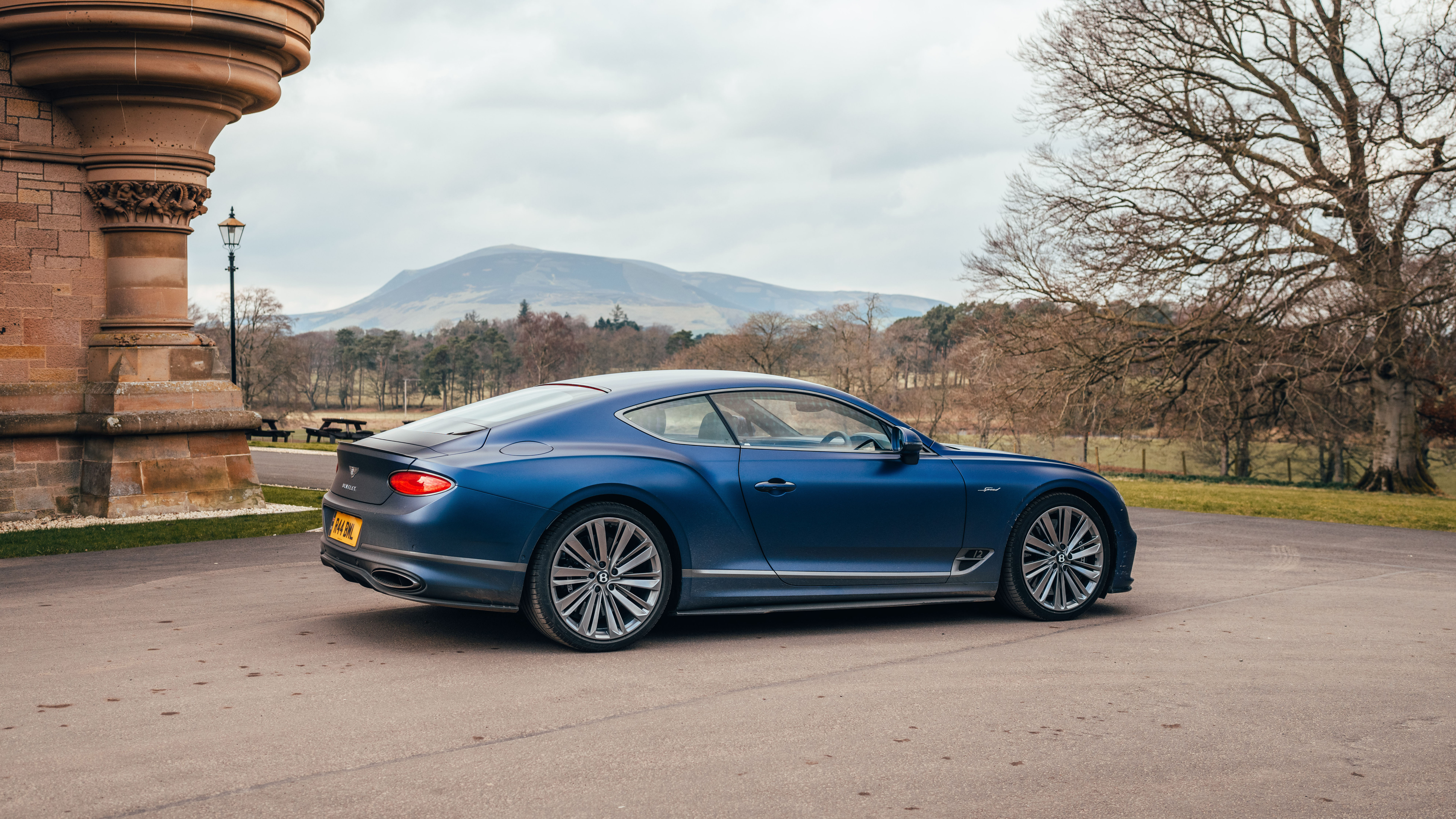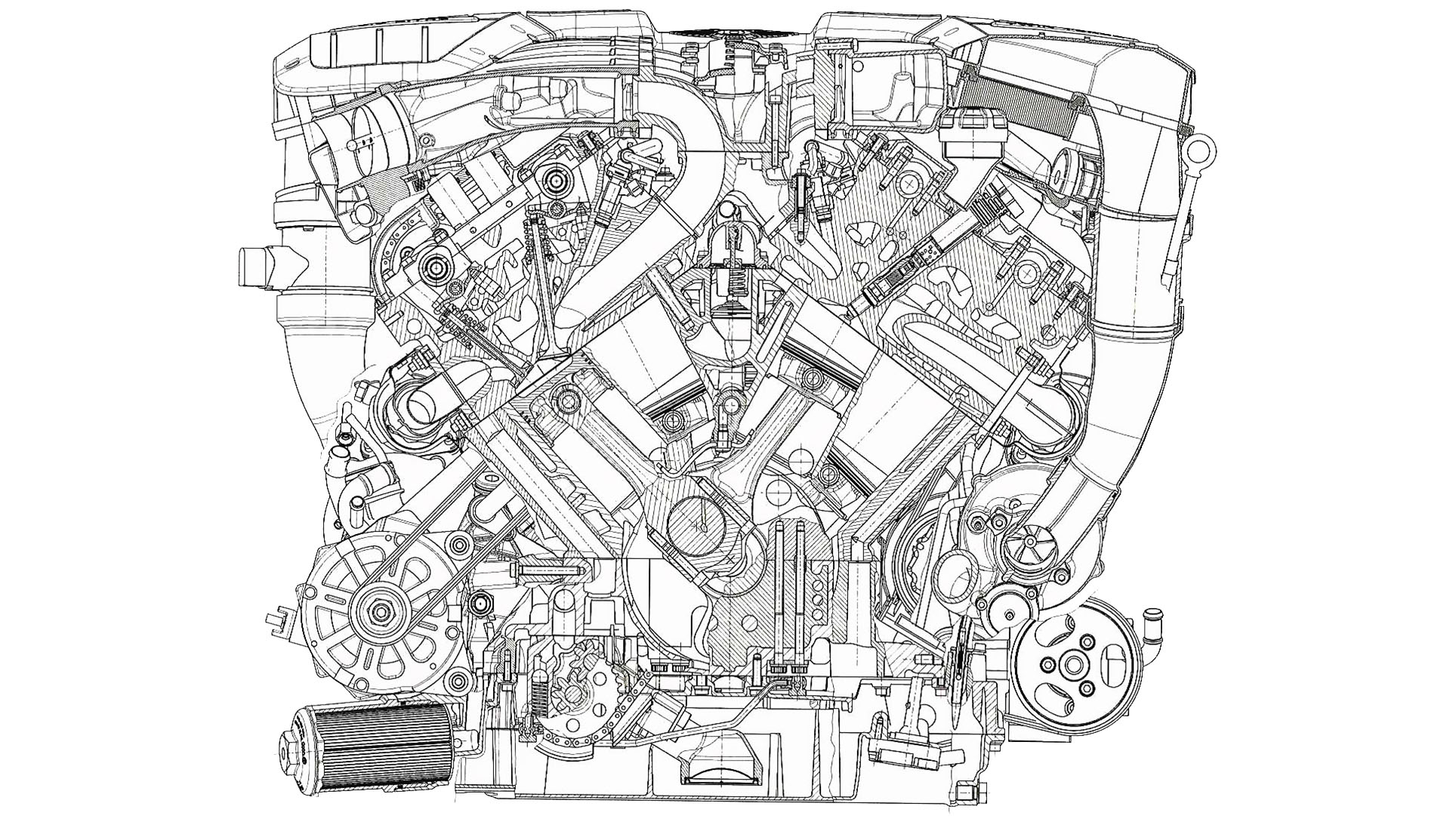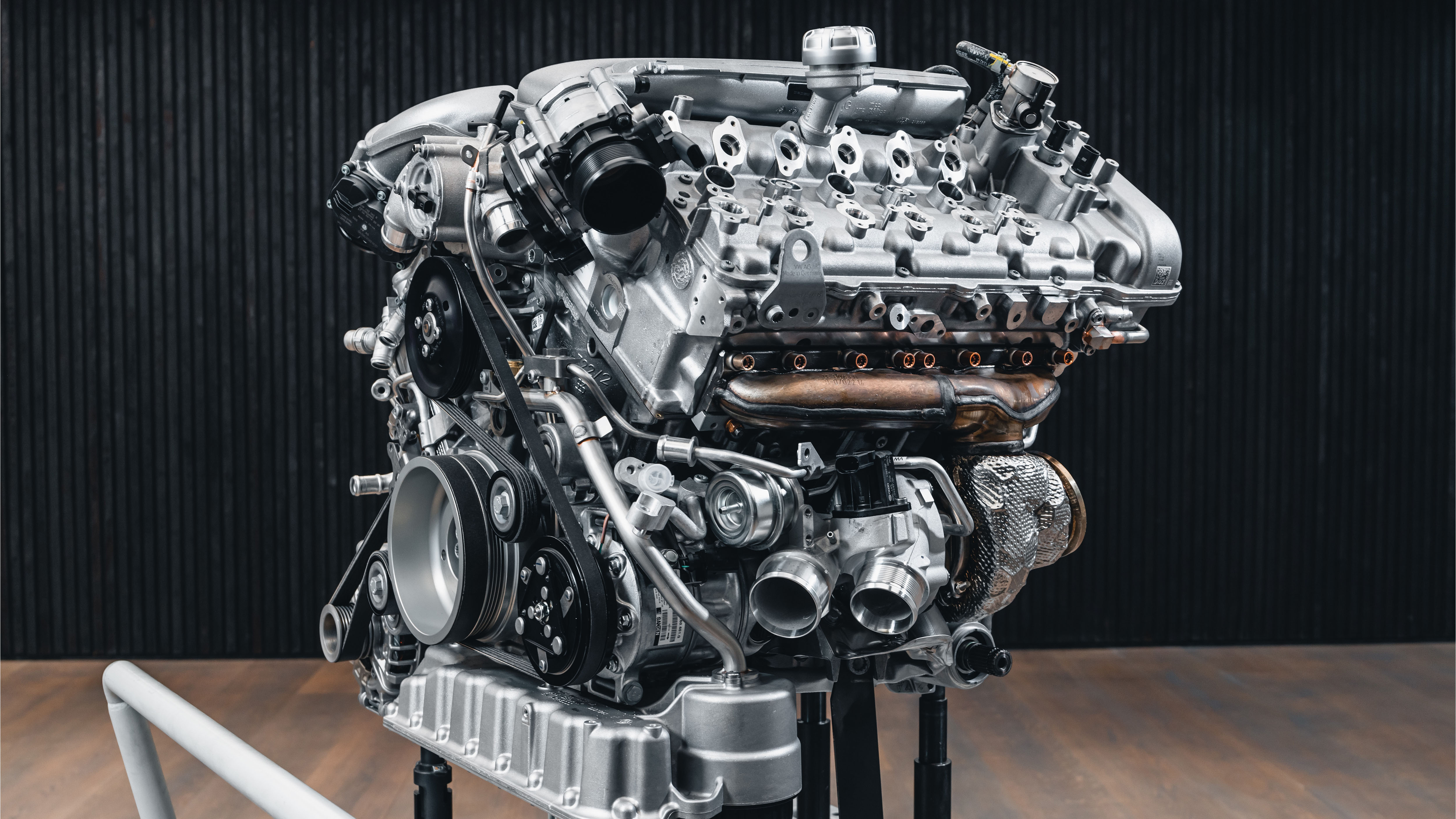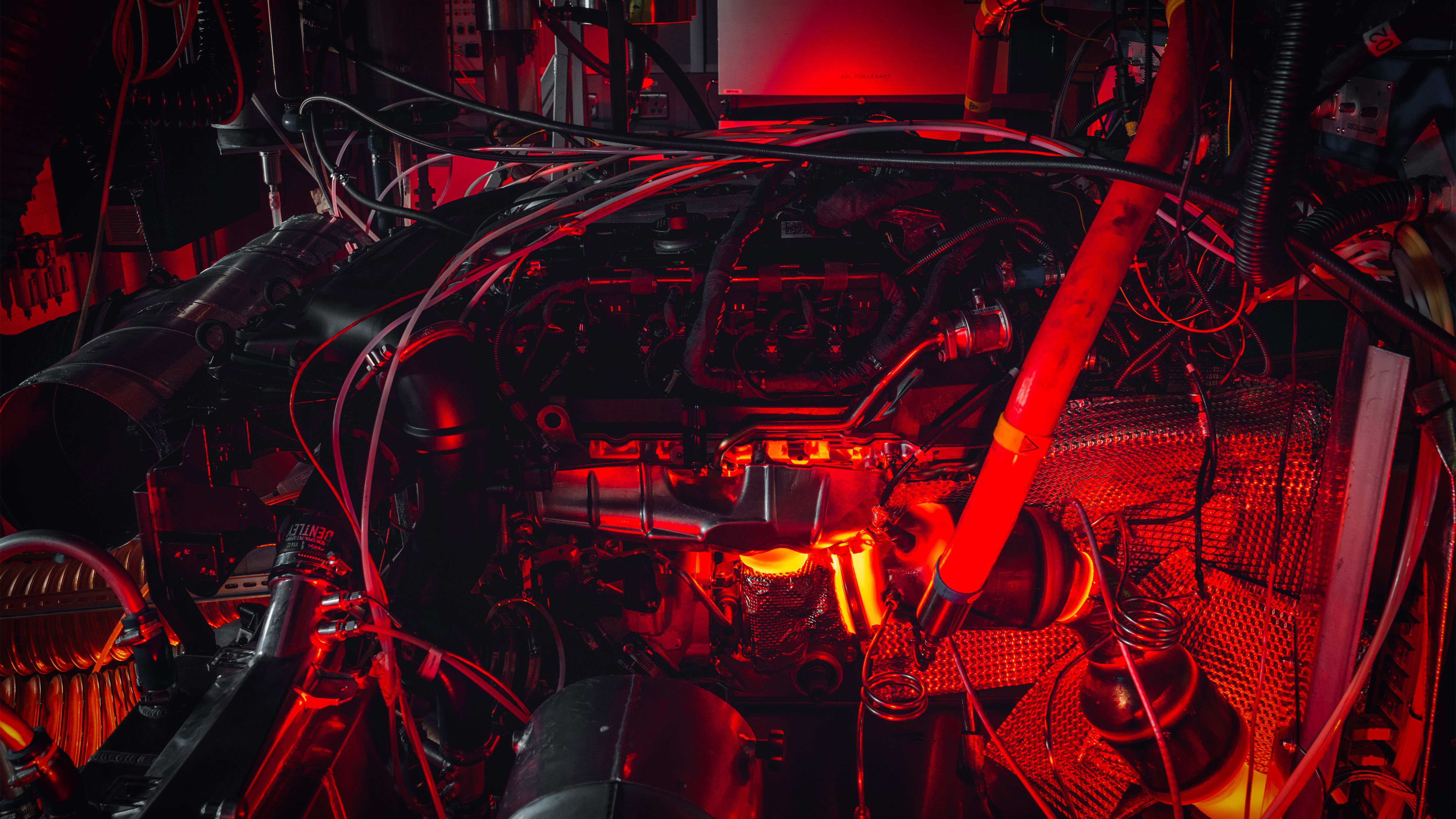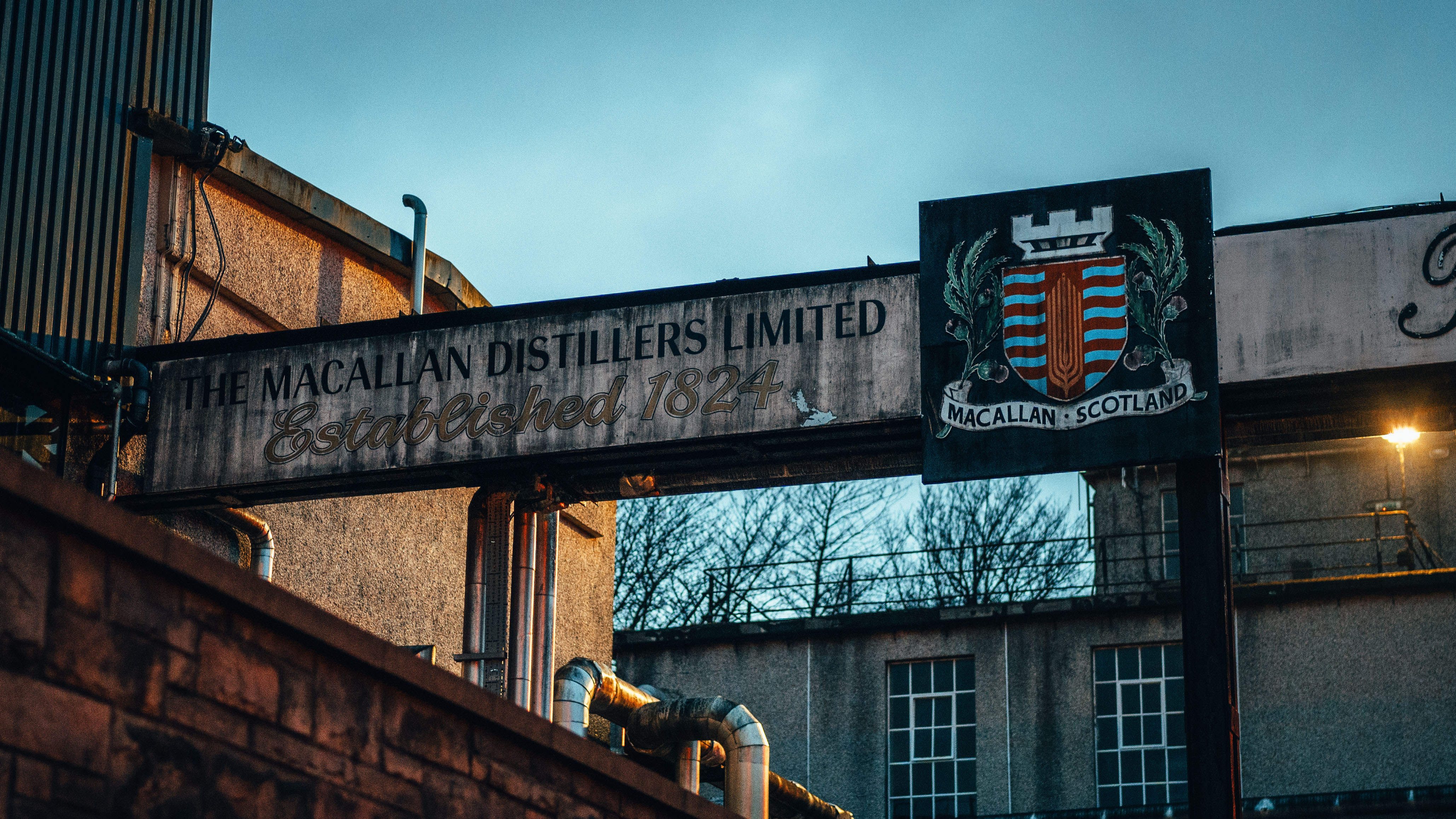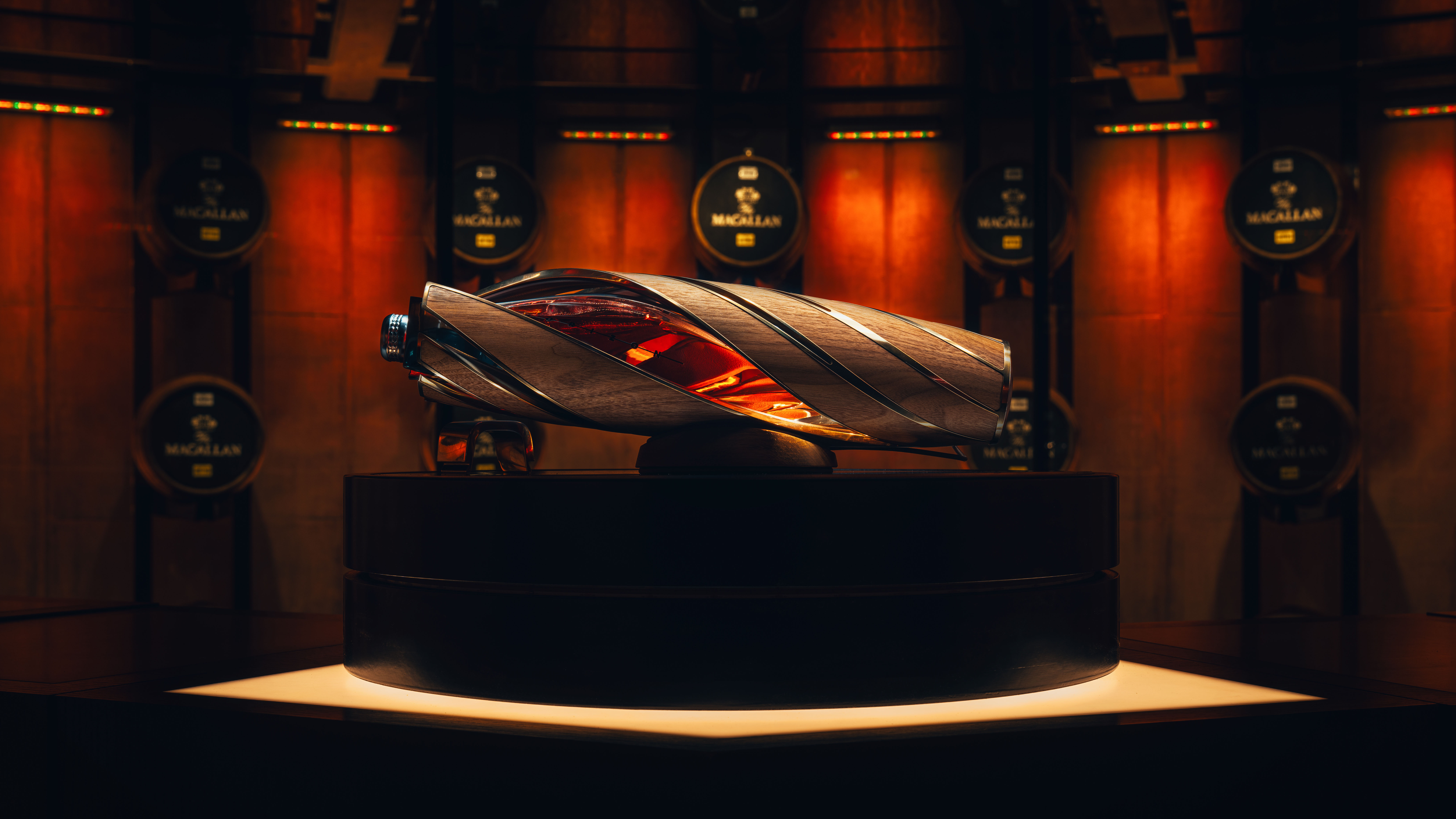
Goodbye, 6.0-litre W12: one last ride in Bentley’s 12-cylinder titan
A trip to Scotland in one of the most extraordinary engines ever built
When production of Bentley’s venerable, formidable 6.0-litre colossus ends in April 2024, it will be the first time since 1938 that its British home in Crewe won’t be churning out a combustion engine.
Bentley doesn’t call it a colossus of course, but something rather more prosaic: it’s simply called the W12, so named for its unique cylinder arrangement. Though perhaps it should have been called the WTFWT – ‘what the **** was that’ – because a cursory exploration of its deep reserves of power and torque reveals a finish that is both startling on the senses and one that leaves a lingering giddiness.
Why the Taster’s Notes? We’re here to take one last ride in this Hercules that defined Modern Bentley, right up to Scotland to a little whisky distillery called The Macallan. You may have heard of it; 200 years old in 2024, there’s a celebratory air to the iconic Scotch maker, a party that Bentley’s co-hosting. They’re releasing a limited-edition collaboration called The Macallan Horizon, and we’re promised it’ll taste… like a Bentley.
Photography: Richard Pardon
But first, the beginning. The W12 itself had a different taste upon its initial release. The original, um, casks date back to the 12-cylinder first designed by Volkswagen for a series of concept cars that had a singular purpose: to, well, ferment this unique configuration – essentially a pair of VR6s bolted together – and, ok fine, blend it with four-wheel-drive.
The W12 Syncro burst onto the scene as early as 1997, quickly followed by a W12 Roadster a year later and then finally the W12 Nardo that was both extraordinarily orange and extraordinarily fast. In 2001, VW claimed it could crack 221mph.
The same year it would appear in production form as a naturally aspirated 6.0-litre in the Audi A8. Untroubled by turbocharging, these first tentative steps in the W12’s life were yet to reach full, sorry, cask strength, because it delivered just 360bhp. About as powerful as a heavy sneeze by 2024’s overpowered metrics.
It’d get heavier, of course. Following further 444bhp outings in Volkswagen’s brilliantly engineered W12 Phaeton sales flop and mad W12-engined Touareg, this freshly turbocharged behemoth was finally ready to power 2003’s then all-new Bentley Continental GT with a, hmm, rich, heady 552bhp and 479lb ft of torque. Enough to slingshot the heavy-set GT and its specially-tuned W12 – 24 per cent shorter than an equivalent V12 – from 0-60mph in 4.7s and on to just shy of 200mph.
Upon Top Gear’s first acquaintance with this opening salvo in the Modern Bentley story, we found that 2003 Conti GT to be crushingly competent; a car that deployed the-then world’s most powerful production engine to deliver an ‘extraordinary’ driving experience. It may have lost out on character against its rival, the first generation V12 Aston Martin Vanquish (a familiar feeling to most super GTs, we’d proffer), but Bentley’s 6.0-litre cork had been, what’s the word, really very uncorked.
So much in fact, the release of this first W12, well, expression, boosted Bentley sales by a factor of ten. By the time it had, that’s right, aged 12 years, Bentley gave it an entirely new filtration and finish. For the 2015 launch of the Bentayga, the 6.0-litre was completely redesigned from the sump up, bearing more power and a torture chamber’s worth of testing.
Tests that included running it continuously for 100 hours at full throttle, and 300 hours over a variety of loads. Then it was run at full power to a coolant temperature of 100C, before being shut down, flushed with coolant at -30C and restarted and run back up to 110C. 400 times.
It was packed with high- and low-pressure injection, variable displacement to shut off half of it when required and an ECU with around 42,000 parameters of operation. The twin-scroll turbos featured suction pumps that scavenged, yes OK, wee drams o’ oil to better distribute it when off-road during any inclination up to 35 degrees, and three separate coolant circuits.
Top Gear
Newsletter
Thank you for subscribing to our newsletter. Look out for your regular round-up of news, reviews and offers in your inbox.
Get all the latest news, reviews and exclusives, direct to your inbox.
Such wizardry released 600bhp and 663lb ft of torque in the Bentayga, an engine we found at the time to be devastatingly, effortlessly fast, giving an “open-the-fire-hoses surge of power whenever, wherever you deploy the throttle”.
It’s this 2015 vintage, refined and tweaked of course, that still exists in today’s Bentayga, Flying Spur, Conti GTC and Conti GT, the latter of which delivers 626bhp in not-at-all regular guise, or 650bhp in its Speed trim. Bentley says that over the past two decades, it has increased the W12’s power by 34 per cent, torque by 54 per cent, and reduced its CO2 emissions by 25 per cent. One suspects Bentley could very well have refined it further, but, we’re told, with the brand’s transition to hybrids and of course EVs, retiring it was a ‘logical step’.
There’s something ethereal about this iteration. Bentley’s new V8 might have the chat and punch just as hard, but that feeling of distant thunder building and then rolling in endless waves of power is breath-taking. Considering its heft – each W12 weighs around 250kg – and the mass you’d expect of a Bentley, it shifts with alarming ease and, what’s that, vibrancy, but is equally happy chuntering along at sedate motorway speeds. There’s an ability here to compress time and space with but a flex of the throttle.
So much so, our journey to The Macallan estate didn’t feel draining, or long, or in any way short of excitement despite trudging through hundreds of miles of endless motorway. The current Conti GT’s impeccable cabin and road manners have a part to play in that too, of course.
(Speaking of parts to play: in the UK, Europe, China, the Middle East and Asia Pacific regions, both GT and GTC are the most popular W12 models Bentley sells, while in the Americas, it’s the Flying Spur. Overall, the Middle East takes up more W12-engined Bentleys than anywhere else.)
But we’re in Scotland now, on the verge of finally discovering what a Bentley tastes like through the prism of The Macallan, devised by its expert whisky maker, Kirsteen Campbell. The synergies are quite easy to spot: both have history, blend traditional expertise and modern methods, and both are of course, um, soaked in tradition.
The Horizon’s bottle itself is a nod to its automotive roots – quite literally, it’s horizontal, cars famously being able to aim for the horizon and all that. Much like a Real Bentley, the bottle uses aluminium, glass (duh), leather and oak wood in its construction. And the whisky itself is… incredible. Decadent. Deep. And with – no lie – hints of leather, oak and fruit.
There’ll be significantly more W12s than bottles of Horizon, the latter being produced in a limited run of just 700 bottles (each costing £48,000 each), whereas by the time Bentley wraps up production, around 105,000 12-cylinders will have been hand-made since 2003. A small percentage of which includes the most extreme version ever built in the Bentley Batur – a car with close to 750bhp.
“When we first launched the W12 back in 2003, we knew we had a mighty engine that would propel both our cars and the brand forwards at speed,” said Bentley boss Adrian Hallmark. “20 years and more than 100,000 W12s later, the time has come to retire this now-iconic powertrain as we take strides towards electrification.”
Better savour it then, because one suspects we won’t be finding out what an electric Bentley tastes like.
Trending this week
- Car Review
BMW iX3







